Child Language —— Special Topic Issue: Folia Phoniatrica et Logopaedica 1998, Vol. 50, No. 5
----- 儿童语言
As those who specialize in child language are well aware, there is still much to learn not only about language disorders, but also about the manner in which language itself is acquired. Similarities and differences in language assessment and treatment around the globe are explored in this issue. Speech-language pathologists and logopedists around the world have come to recognize that there are new areas of research and practice in communication disorders or psycholinguistics. This global paradigm shift becomes evident in this issue. The authors provide the professional with perspectives on how language disorders might be appropriately addressed. One contribution provides cutting-edge information on the relationship between oral and written language in a country that has had speech-language services for some years, another reports on the study of child language in South Africa, where there is still much to be learned about the many languages spoken, language differences and language disorders. This is followed by an update of a longitudinal study from Scandinavia that traces children first seen in preschool years who are now completing their 12th year of education. Such studies are rare, indeed, in any country. The final article by a renowned speech-language pathologist provides the professional with her view of how one may develop concept, competence and connections.
{{comment.content}}
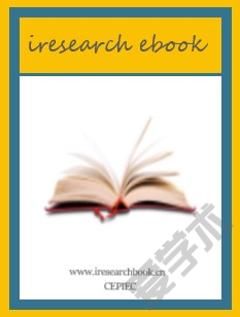
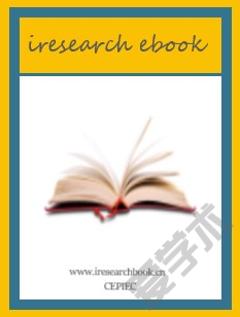
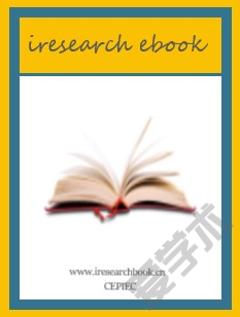
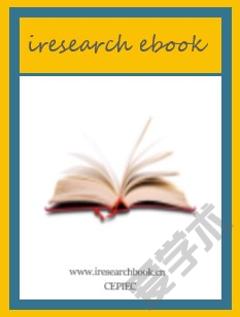
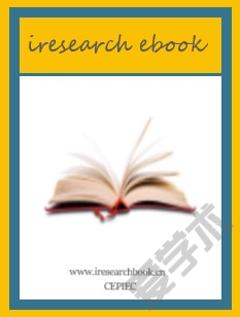



 京公网安备 11010802027623号
京公网安备 11010802027623号